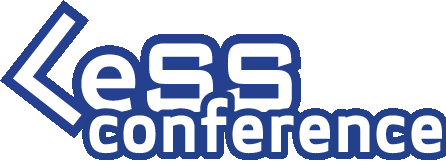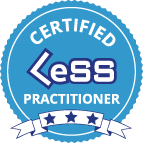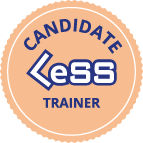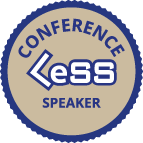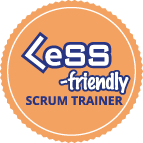Mutagens of Agile transformations
Regardless of industries, sizes, cultures, and locations, most product companies make the same conceptual mistakes that work as mutagens for Agile transformations. As a result, even if these transformations do not die, their Agile nature still mutates a lot. And LeSS adoptions can easily mutate too. Agile mutations drastically constrain the organizational capability to deal with the most critical challenges in the way towards strategic business goals. You can always notice symptoms of Agile mutations - for instance when a chosen Agile framework (whatever it is) seems to be "not working" and “requiring customization.” Agile-Theater and Zombie-Scrum are some of its common variants.
We will look at the three most common mutagens of Agile transformations:
1. Absence of Optimisation Goals - no clarity about which organizational characteristics are the most important to optimize. As a result, the chosen Agile framework intended to boost or suppresses some organizational characteristics, simply does not work as expected. Simply because completely different characteristics get steroids or tranquilizers from the rest of the organizational system. The overall system mutates uncontrollably.
2. Optimization Goals are not promoted throughout the company and all employees proceed with optimizing towards... something but not the same. Then, even when defined, the optimization goals are not achieved. Here, you can expect the same mutations as above.
3. Optimization Goals are inconsistent with the strategic business goals. Structures and processes are set for the sake of themselves or for the sellers of a framework - not for the business. Although the result looks “as expected”, it works against business. Under pressure from the top management, instead of changing the Optimization Goals, the organization gets doping injections - various quick-fixes inconsistent with the Optimization Goals. It leads to the same mutations as above.
In this session, we will consider the concept of Optimisation Goals based on an example of an average Agile product organization. Let’s explore together how these goals can be verified on consistency with strategic business goals. Finally, we will consider their practical use in the daily work of a product group adopting LeSS - by managers, Scrum Masters, PO and Teams - to align all their organisational decisions with the single direction. For instance, we will see how they can find a common ground while discussing whether they should follow LeSS Principles or not.
Beware Agile mutagens!

